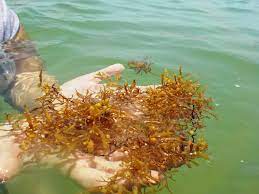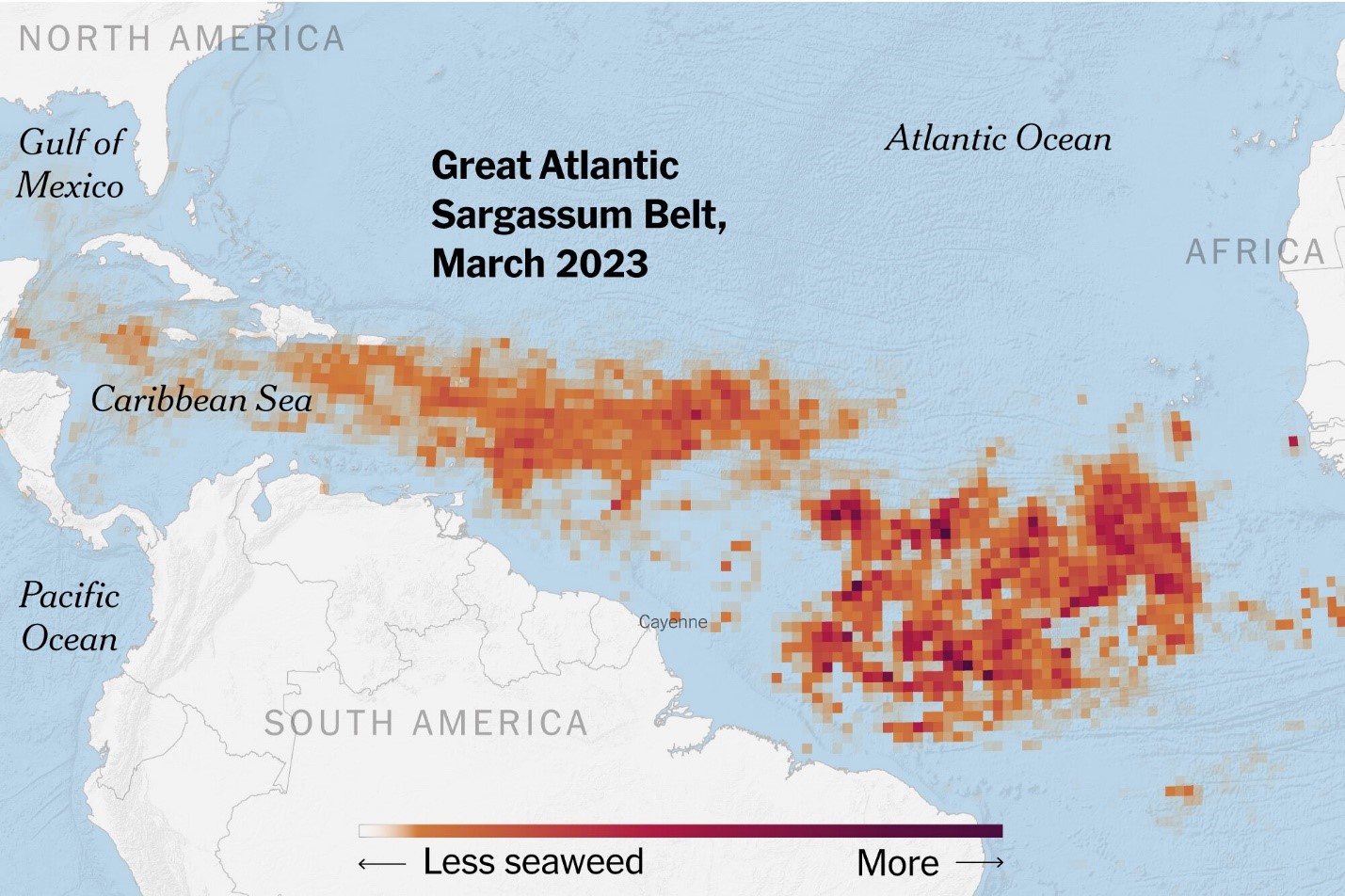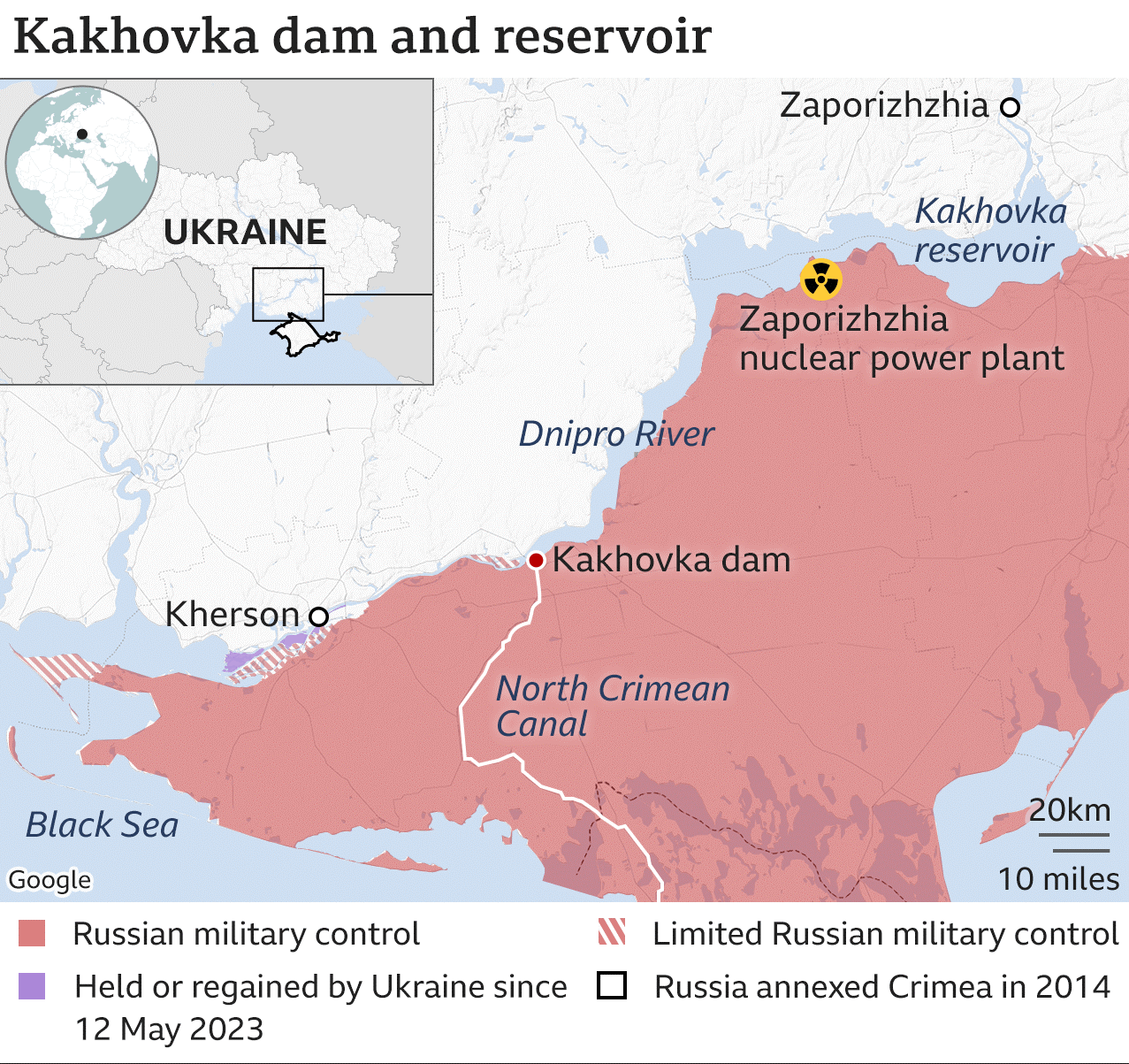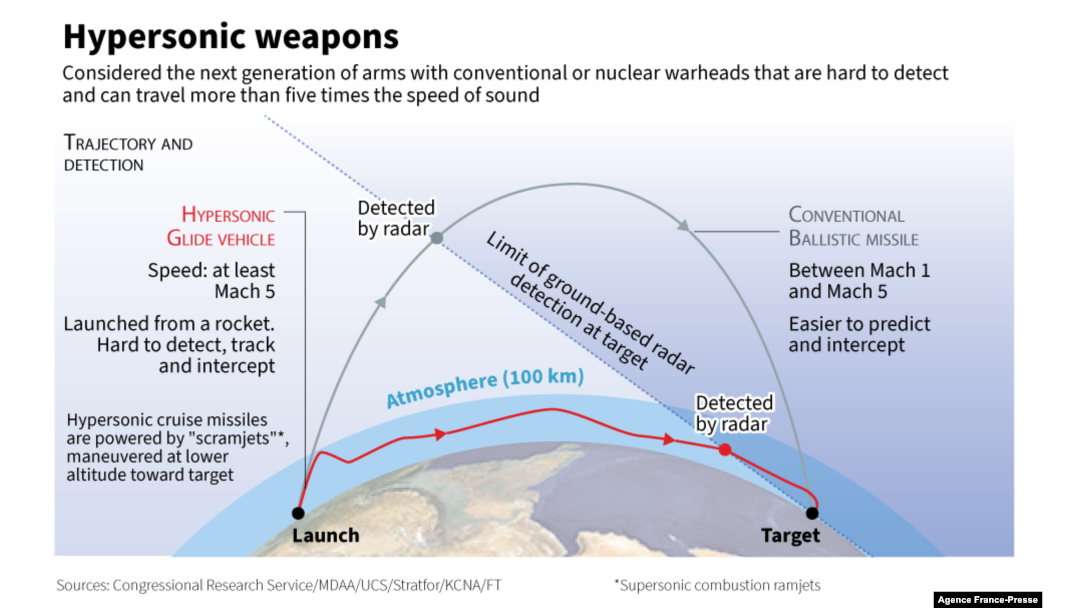Vibrio Bacteria in Seaweed
Clusters of brown Sargassum seaweed reported to be infested by Vibrio bacteria, a flesh-eating bacterium, were found awash in Florida.
- Pathogen storm - A new study revealed that the Great Atlantic Sargassum Belt could become overrun with species of Vibrio bacteria.
- This bacteria can cling to the surface of plastic waste which gets entwined in the large mass of seaweed and poses significant health risks.
- This study says that this could create a perfect pathogen storm.

Sargassum is a genus of large brown seaweed (a type of algae) that floats in island-like masses and never attaches to the seafloor.
Great Atlantic Sargassum Belt
- It is a 5,000 mile-wide thicket of seaweed.
- This floating habitat provides food and protection for fishes, mammals, marine birds, crabs, and more.
- When the Sargassum piling up on beaches and decomposes it releases hydrogen sulfide, a toxic gas.

Vibrio Bacteria
- Vibrios are aquatic microorganisms.
- Some species of which cause serious diseases in humans and other animals.
- Vibrios are microbiologically characterized as gram-negative, highly motile, facultative anaerobes (not requiring oxygen).
- People can get infected by Vibrio by eating raw or uncooked seafood.
- Contact with an open wound could cause necrotizing fasciitis, the flesh-eating bacteria infection.
- The infection can lead to amputation or death.
- Amplification - Scientists discovered a set of genes called ‘zot’ genes, which causes leaky gut syndrome.
- If a fish eats a piece of plastic and gets infected by this Vibrio, which then results in a leaky gut and diarrhea.
- It’s going to release waste nutrients such nitrogen and phosphate that could stimulate Sargassum growth and other surrounding organisms.
Reference
Hindustan Times | Flesh-eating bacteria in seaweed on Florida beaches
Kakhovka Dam
Kakhovka dam in southern Ukraine was collapsed recently, causing extensive flooding.
- The dam is built on Ukraine’s Dnipro River.
- Dnipro River – It separates Ukraine into two parts — east and west.
- It flows north to south connecting the capital, Kiev, to the Black Sea.
- It was built in 1956 as part of the Kakhovka hydroelectric power plant.
- The reservoir it contains holds water of about the same volume as the Great Salt Lake in Utah.
- Bursting the dam could send a wall of water flooding settlements below it, including Kherson.
- Water from the reservoir supplies the Crimean peninsula to the south, which was annexed by Russia in 2014, as well as the Zaporizhzhia nuclear plant, Europe’s largest, to the north.
- It also helps power the Kakhovka hydroelectric plant.

Zaporizhzhia Nuclear Power Plant
- It is situated in the Southeastern Ukraine and is the largest nuclear power plant in Europe.
- The nuclear power plant has 6 nuclear reactors and one of the 4 operating nuclear power plants in the country.
- It generates up to 42 billion kWh of electricity, accounting for about 40% of the total electricity generated by all the Ukrainian NPPs and 1/5th of Ukraine's annual electricity production.
- Ukrainian and UN experts said that the kakhovka dam collapse does not pose an immediate threat to the Zaporizhzhia Nuclear Power Plant (NPP) but will have long-term implications for its future.
Reference
Indian Express | Kakhovka-dam-ukraine-russia-war
The Energy Progress Report 2023
The World is still off-track from achieving universal energy access (SDG 7) to all, says UN report.
- Since 2018, the report envisages to track the Sustainable Development Goal-7 (SDG7).
- Aim - It aims to ensure access to affordable, reliable, sustainable, and modern energy for all.
- It is produced annually by 5 of the custodian agencies responsible for tracking global progress toward Sustainable Development Goal 7 (SDG7).
- Custodian Agencies –
- The International Energy Agency (IEA),
- The International Renewable Energy Agency (IRENA),
- The United Nations Statistics Division (UNSD),
- The World Bank, and
- The World Health Organization (WHO)
Highlights of the report
- Despite some progress across the indicators, the current pace is not adequate to achieve any of the 2030 targets.
- Among the major economic factors delaying the realization of SDG7 globally are
- The uncertain macroeconomic outlook,
- High levels of inflation,
- Currency fluctuations,
- Debt distress in a growing number of countries,
- Lack of financing,
- Supply chain bottlenecks,
- Tighter fiscal circumstances, and
- Soaring prices for materials.
- The effects of the Covid-19 pandemic and the steady rise in energy prices since summer 2021 are expected to be a further drag on progress, particularly in the most vulnerable countries.
- This particularly concerns lacking universal access to electricity and clean cooking in developing economies, with projections indicating that SDG 7 will not be reached by 2030.
- The uptake of renewable energy has grown since 2010, but efforts must be scaled up substantially, the UN bodies found.
- The rate of improvement in energy efficiency is not on track to double by 2030, with the current trend of 1.8% falling short of the targeted increase of 2.6 % each year between 2010-2030, the report said.
- To support clean energy in developing countries, international public financial flows should be increased but it is declining even before the COVID-19 pandemic.
- Financial flows have shrinked for the 3rd year in a row but they have become increasingly focused in some small number of countries, the UN bodies further said.
- The decreasing trend in international public financial flows may delay the achievement of SDG 7, especially for the least-developed countries (LDCs), landlocked developing countries, and small island developing states.
Reference
Downtoearth | Universal energy access to all, UN report
Fattah or Conqueror
Iran unveils a hypersonic missile, able to beat air defences amid tensions with U.S.
- It is the first-ever domestically-made hypersonic ballistic missile created by Islamic Revolutionary Guard Corps (IRGC), Iran.
- Islamic Revolutionary Guard Corps (IRGC) - It is a multi-service (ground, naval, and air forces) primary branch of the Iranian Armed Forces.
- Speed – Mach 15
- Range – Upto 1400 kms
- It is named by the Iranian Supreme Leader Ayatollah Ali Khamenei 'Fattah' in Farsi, which means conqueror.
- It can bypass the most advanced anti-ballistic missile systems.
Hypersonic Missiles
- Hypersonic missiles are manoeuvrable, unlike the ballistic missiles that follows a set course or a ballistic trajectory.
- It moves at 5 times the speed of sound or greater and are manoeuvrable, making them difficult for defence systems and radars to target.
- Like traditional ballistic missiles, they can deliver nuclear weapons.

Reference
The Hindu | Iran unveils what it calls a hypersonic missile
Manual Scavenging
Ministry of Social Justice and Empowerment report says that only 66% districts in country is free of manual scavenging.
- The International Labour Organization describes 3 forms of manual scavenging in India
- Removal of human excrement from public streets and dry latrines (meaning simple pit latrines without a water seal, but not dry toilets in general),
- Cleaning septic tanks,
- Cleaning gutters and sewers.
- India banned the practice under the Prohibition of Employment as Manual Scavengers and their Rehabilitation Act, 2013 (PEMSR).
- The Act bans the use of any individual for manually cleaning, carrying, disposing of or otherwise handling in any manner, human excreta till its disposal.
- In 2013, the definition of manual scavengers was also broadened to include people employed to clean septic tanks, ditches, or railway tracks.
- The Act recognizes manual scavenging as a dehumanizing practice and cites a need to correct the historical injustice and indignity suffered by the manual scavengers.
Self-Employment Scheme for Rehabilitation of Manual Scavengers (SRMS)
- It was introduced in 2007.
- Objective - To rehabilitate the remaining manual scavengers and their dependents in alternative occupations by March, 2009.
- Ministry - Ministry of Social Justice & Empowerment (MoSJE).
- The scheme for rehabilitation of manual scavengers (SRMS) has now been merged with the NAMASTE scheme.
- The FY 2023-24 Union Budget showed no allocation for the rehabilitation scheme and Rs. 100 crore allocation for the NAMASTE scheme.
National Action for Mechanized Sanitation Ecosystem (NAMASTE) Scheme
- It is a central sector scheme for improving the living standards of sanitation workers in urban areas.
- It is a joint initiative of Ministry of Social Justice and Empowerment (MoSJE), Ministry of Housing and Urban Affairs (MoHUA) and Department of Drinking Water and Sanitation.
- Objectives - It envisages safety and dignity of sanitation workers in urban India by
- Recognising sanitation workers as one of the key contributors in the maintenance of sanitation infrastructure
- Providing them with sustainable livelihood
- Enhancing their occupational safety through capacity building and improved access to safety gear and machines
- It aims at provide alternative livelihoods support and entitlements to reduce their vulnerabilities.
References
1. The Hindu | Only 66% districts in country free of manual scavenging
2. Indian Express | What is Manual Scavenging



